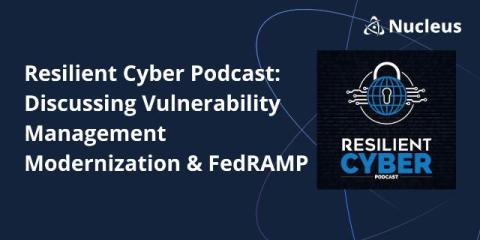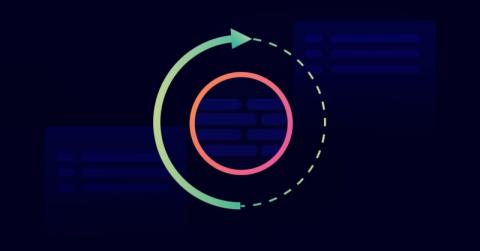An Introduction To Purple Teaming
With cyber threats constantly evolving, organizations must ensure that their approach to identifying and mitigating vulnerabilities is always up to date. Purple teaming can play a vital role in helping them to achieve this. Purple teaming involves red and blue teams collaborating on an ongoing basis to maximize their impact. Read on to discover how purple teaming enables businesses to enhance and accelerate their approach to identifying and mitigating security vulnerabilities.










